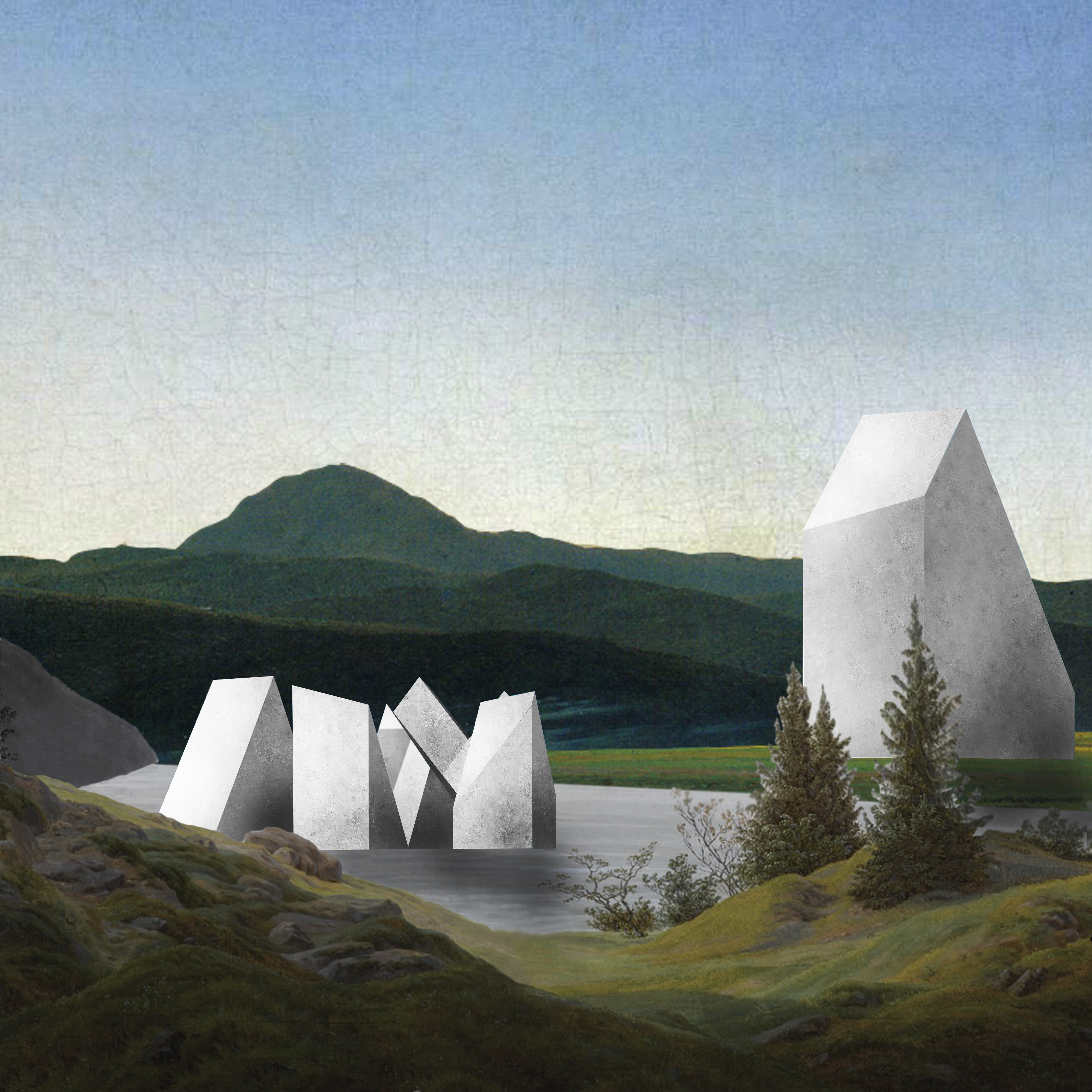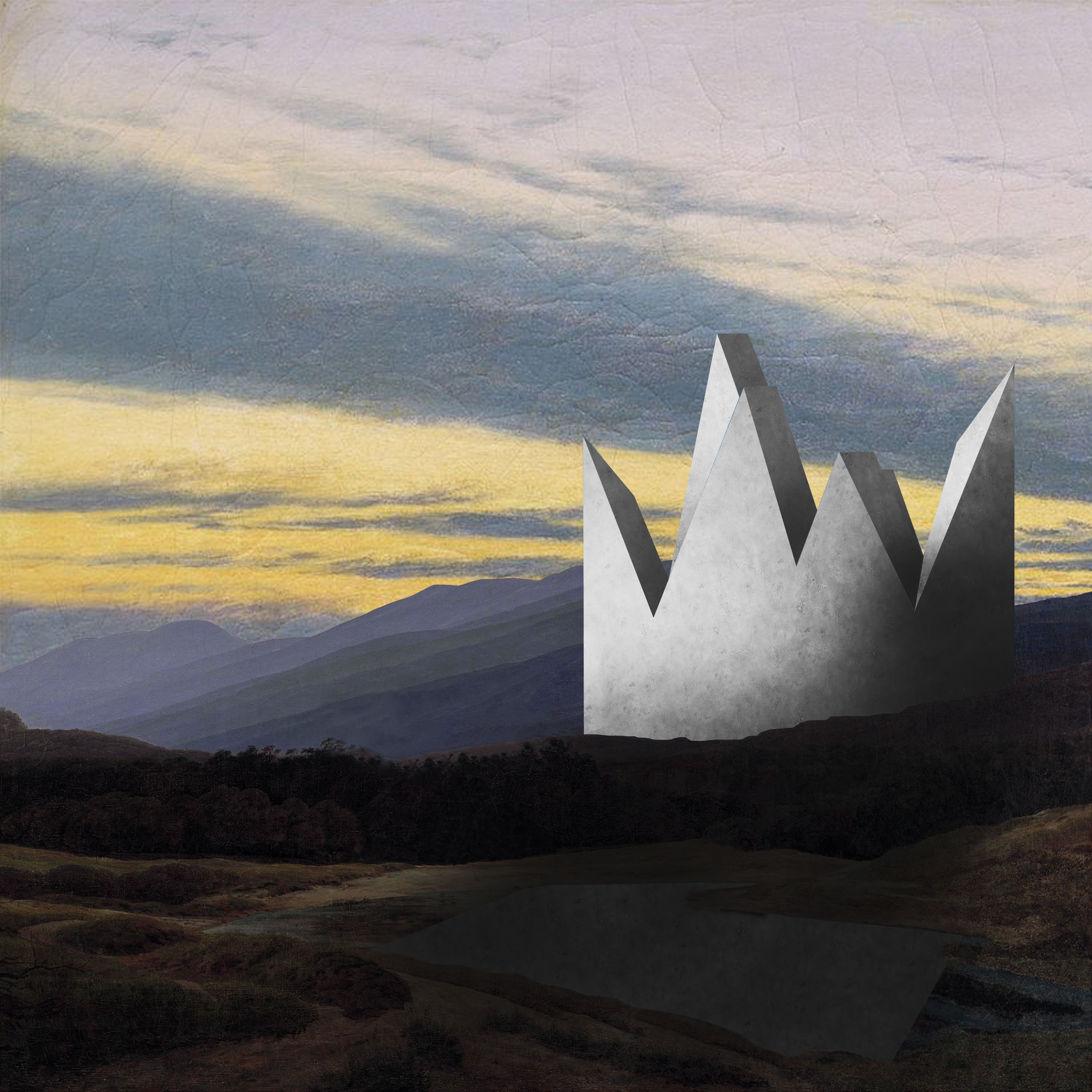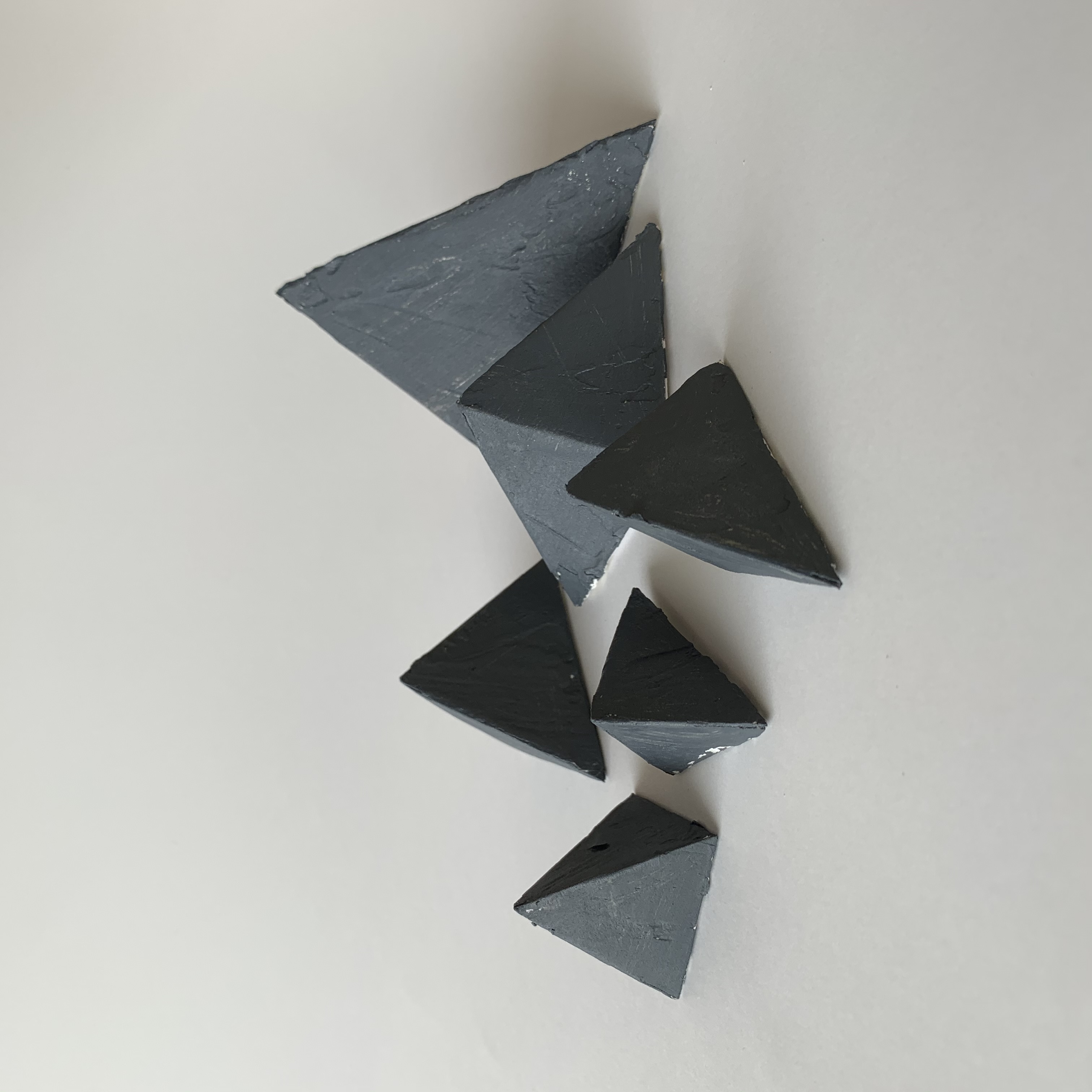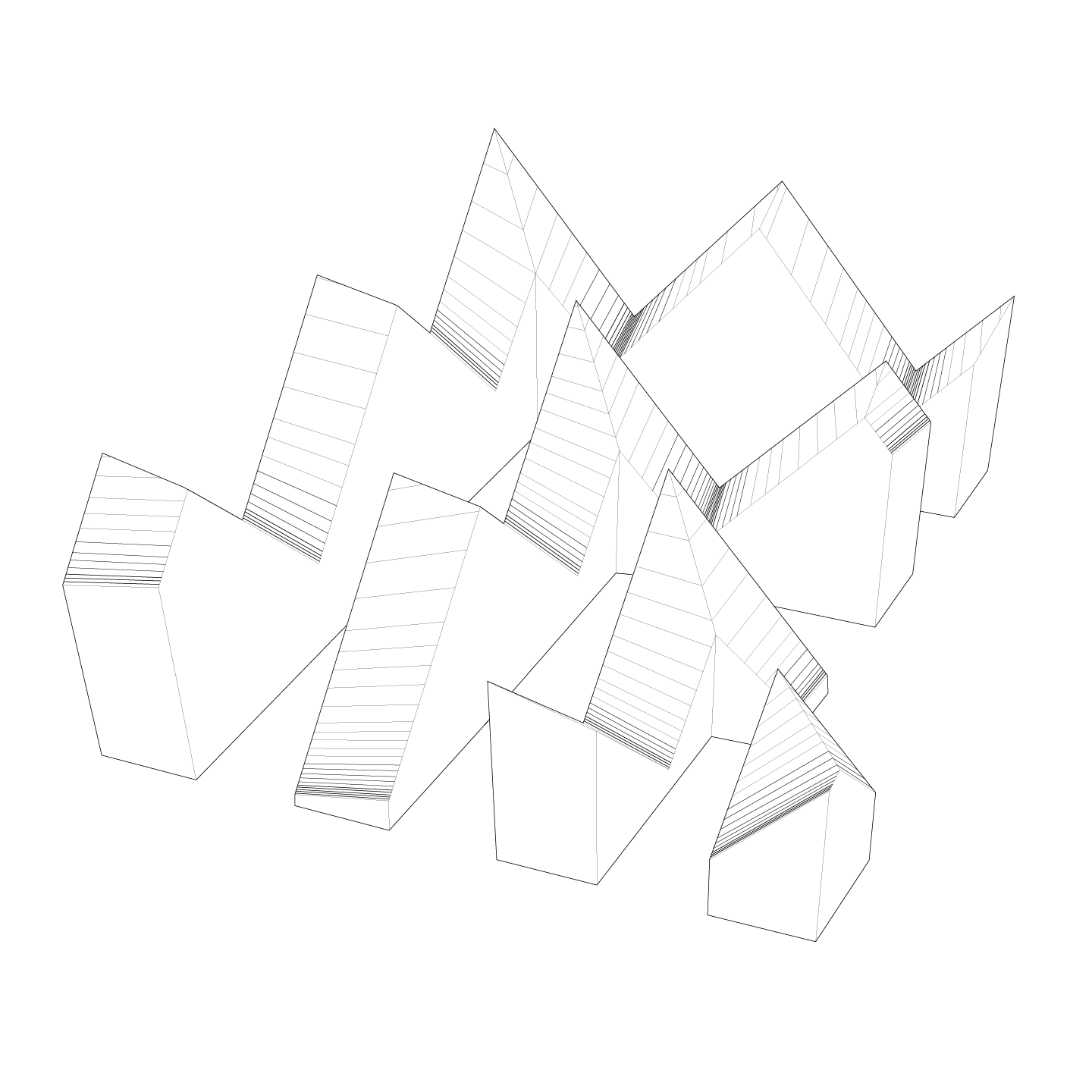Peak/Speleothem architecture resembles forms found in nature, like
mountain peaks or mineral formations found in caves. Designs that resemble
these natural formations are identified when they decrease in size as they
extend upward, often to a tapered point. This architecture is categorized in
groups, but it is important to note that no two buildings within the group are
the same.
One of the earliest examples of this architype can be found in the work
of Ivan Leonidov’s, City of the Sun. His sketches, inspired by the utopian
writings of Italian philosopher, Tommaso Campanella, imagines a utopian city characterized
by tall and luminous parabolic/conical towers. The sun, casting its light on
the structures, is shown to be as warm as the towers themselves. Besides his
personal depiction of the forms, Leonidov describes a city full of light,
color, and air. He experiments communicating his interpretations by experimenting
with different materials and techniques, such as plywood and pencil sketches.
Peak/Speleothem architecture has the potential to create a place much like Leonidov imagined. Its shape naturally builds itself up, directing one’s attention upward. Because of these qualities, this architecture can distinguish itself from its surroundings, making it at times a monumental like structure.
Peak/Speleothem architecture has the potential to create a place much like Leonidov imagined. Its shape naturally builds itself up, directing one’s attention upward. Because of these qualities, this architecture can distinguish itself from its surroundings, making it at times a monumental like structure.


















